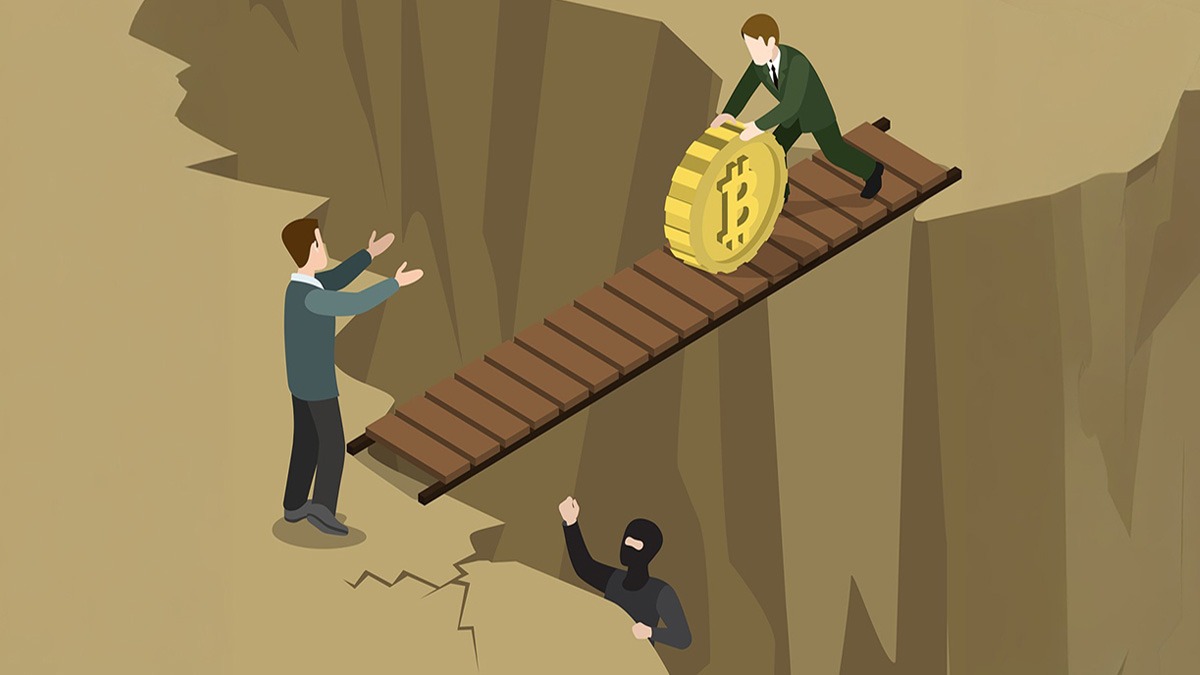
In the fast-paced world of cryptocurrencies, securing digital wallets is crucial. Learn about drainers, a cyber threat, and steps to avoid potential losses.
Unveiling the Drainer Threat Landscape
Explore the intricate workings of drainers, a sophisticated cyber threat targeting cryptocurrency wallets. Discover the various forms and methods employed by these malicious entities.
What Are Drainers?
Drainers are complex cyber threats that target digital wallets storing cryptocurrencies. Delve into their workings, from harmful scripts and smart contracts to phishing and social engineering tactics.
Forms of Drainer Attacks
Learn about the diverse manifestations of drainer attacks, including the use of malicious scripts, phishing techniques, exploiting wallet vulnerabilities, and the emergence of Drainer-as-a-Service platforms.
Categories of Drainers
Explore different categories of drainers, based on the wallets they target, the blockchain networks they exploit, and the methods they employ. Gain insights into the evolving landscape of drainer attacks.
Anatomy of Malicious Software Attacks
Examine the intricacies of attacks involving malicious software. Understand the two primary phases: the phishing phase, where attackers acquire the victim's seed phrase, and the wallet-draining phase, where assets are illicitly transferred.
Phishing Phase
Uncover the tactics employed in the phishing phase, where cybercriminals deceive users into revealing their seed phrases through fraudulent websites mimicking official wallets.
Wallet-Draining Phase
Discover how drainers operate during the wallet-draining phase, simulating the actions of legitimate wallets to generate HD keys and transfer assets to new wallets, making tracking difficult.
Recent Campaigns and Losses
Gain insights into real-world threats posed by drainers through recent campaigns and substantial losses experienced by cryptocurrency users.
Inferno Drainer
Explore the infamous Inferno Drainer campaign, which resulted in approximately $81 million stolen from 134,000 victims. Understand the complexity of this operation and the challenges it posed to security measures.
CLINKSINK
Learn about the CLINKSINK campaign targeting Solana users, utilizing the drainer CLINKSINK to steal at least $900,000. Uncover the use of social networks and chat applications in spreading phishing pages.
The Impact of Phishing Scams
In the broader context, phishing scams related to wallet draining have led to staggering losses, reaching around $300 million in a year, affecting over 324,000 cryptocurrency users.
How to Avoid Drain Attacks on Your Crypto Wallet
Cryptocurrency enthusiasts must follow simple guidelines to steer clear of fraudulent schemes and drain attacks on their wallets.
1. Be Cautious with Wallet Links
Avoid clicking on wallet links from unreliable sources to prevent falling victim to phishing attempts. Stick to well-known exchanges and double-check URLs.
2. Verify Website Domains
Thoroughly inspect the website's domain, comparing it with the original. Detecting subtle differences can help you identify potential scam sites aiming to deceive users.
3. Mobile-Only Wallets
Learn if your wallet exclusively supports mobile applications. Mobile wallets are commonly used for asset storage, and desktop versions may not always be secure.
4. Resist Persuasion in Personal Messages
Avoid succumbing to requests in personal messages urging you to visit third-party resources that demand access to your wallet. Trust official channels and disregard unsolicited messages.
5. Download Apps from Official Stores
Download wallet applications only from official app stores to minimize the risk of downloading compromised or fake applications that may compromise your wallet's security.
Detecting Compromised Wallets
Early detection of a compromised wallet is crucial in the fight against drain attacks. Recognize key signs and take immediate actions to confirm and rectify the breach.
1. Unauthorized Transactions
Regularly review your wallet's transaction history for any unauthorized or suspicious activities. Unexplained transactions may indicate a compromised wallet.
2. Suspicious Wallet Behavior
Slow or unstable wallet performance may hint at the presence of harmful scripts or programs. Be cautious of unexpected requests for your wallet credentials or transaction signatures.
3. Changes in Settings or Wallet Addresses
Any alterations to your wallet's settings or the appearance of unfamiliar addresses should raise concerns. Keep a vigilant eye on such changes to identify potential threats.
4. Audit Connected Applications
Check the list of applications and websites connected to your wallet, blocking access to any unfamiliar or suspicious entities. Restricting access helps prevent unauthorized activities.
5. Employ Security Tools
Utilize wallet security tools or services that can detect anomalies and unauthorized access attempts. These tools add an extra layer of protection to your cryptocurrency holdings.
Immediate Actions Upon Detecting a Compromised Wallet
Swift and decisive actions are essential when dealing with a compromised digital wallet. Follow these steps to promptly secure your assets.
1. Change Security Credentials
Immediately change your wallet's security credentials, including passwords and biometric data, to prevent further unauthorized access.
2. Review and Revoke Access
Thoroughly review and revoke access to any connected applications or websites associated with your compromised wallet. This prevents potential misuse of your wallet's functionalities.
3. Report the Incident
Notify your wallet provider, exchange, or relevant cybersecurity authorities about the security breach. They may offer additional support or take measures to address the issue.
4. Run Antivirus Scans
Perform thorough antivirus scans on your device to detect and eliminate any malicious software or scripts that may have compromised your wallet's security.
5. Transfer Remaining Assets
As a precautionary measure, transfer any remaining assets in your compromised wallet to a new and secure wallet. Exercise caution to avoid triggering hidden malicious scripts.
Understanding and actively implementing preventive measures are vital in safeguarding your cryptocurrency assets from drain attacks and phishing attempts. By adhering to recommendations, staying vigilant, and following your platform's guidelines, you enhance the overall security of your digital financial portfolio.
https://www.zugtimes.com/understanding-drainers-in-cryptocurrency/